At first glance the crowds standing around the narrow entrance of Boyle Street Community Services are intimidating. Most of the people have rough appearances and tough demeanors. But, as so often is the case, things are not what they appear to be. As you get closer, you find a group of people who are quick to offer a smile or a “good morning” and ask how your day is going. There aren’t many places around the city where guests are greeted as enthusiastically as they are at Boyle Street.
Much like the people it serves, the outward appearance of Boyle Street is misleading. The dark blue paint, cloudy windows, and chain-link fence that extends around its west side give it a bleak appearance. It stands in stark contrast to the luminous Rogers Place, a block away. But the foreboding exterior belies a warm and active interior. To the service users and providers at the centre, it is a space where people dealing with homelessness or substance use can access supports without the judgment and stigma they might face at other facilities. It is a place of hope.
It is also one of the approved locations for Edmonton’s future safe consumption and injection sites.
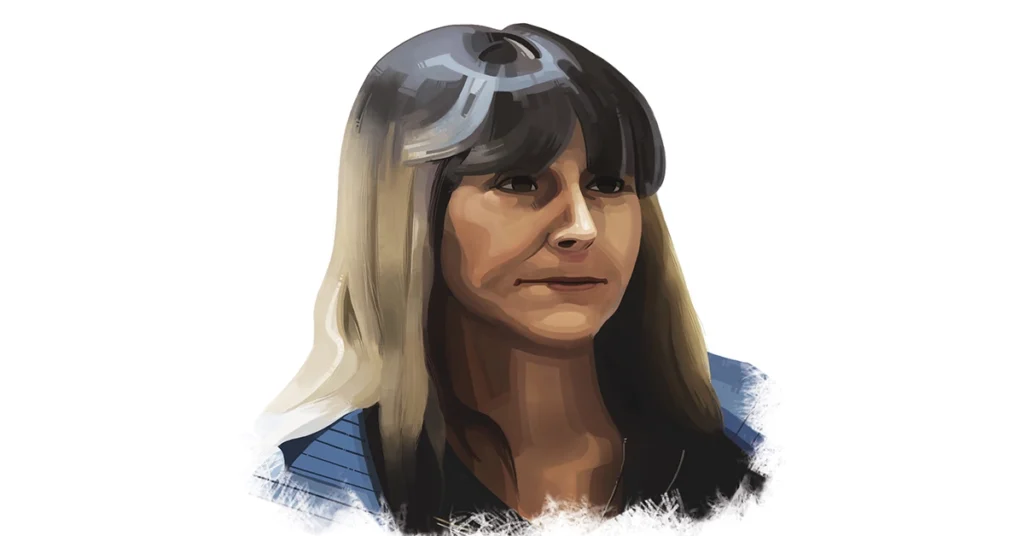
Karen Turner is a tiny woman. Her heart, however, is big enough to care for anyone and everyone who wanders through the doors of Boyle Street. She, like many others at the community centre, is quick to smile and crack a joke, and her rebellious nature is both amusing and endearing. She knows most community members by name and doesn’t hesitate to discuss the profound impact that these people, and her position at Boyle Street, have had on her life.
Turner is the president of Alberta Addicts Who Educate and Advocate Responsibly (AAWEAR). For 10 years she has also worked as an outreach worker at Streetworks, the health-care and education program that operates out of Boyle Street, among other locations.
While Turner loves the people she works with, she recognizes that the general population can be quick to judge this community.
“People put down people who use drugs, and it’s so unfair and so stigmatized because, if you really get to know them, they are great people with great hearts. They would do anything for you, or give you anything, if they could. I’ve gotten presents from people that it’s the only thing that they had.”
She knows the stigma that surrounds drug use, and explains that being treated with basic human decency can have an impact on community members.
“Just somebody acknowledging them, giving them a smile, saying hello, being noticed as a person — that can make a big difference. They’re people. They are people who sometimes don’t have anybody who they can reach out to other than other people on the street.”
Turner reinforces that drug use is the symptom, not the cause.
“People don’t just, as a kid, say, ‘Oh, I want to grow up and be a substance user.’ I mean, there are reasons why people become this way, why they use drugs in the first place,” she explains.
She adds, “Harm reduction is so important, because we are keeping people safer and healthier until they want to make a change in their life, or are willing to work on it.”
Boyle Street and Streetworks operate from a position of harm reduction, which is a non-judgmental approach to care that emphasizes the health and safety of substance users by not expecting them to cease their substance use before receiving basic services. Service providers and service users work together to identify the service users’ needs, and to come up with an individualized approach to care.
Turner believes safe injection sites are a tool that can be used in line with this approach. She says, “the people that use will be safer … they won’t have to be worried about dying.”
She also thinks Edmontonians will notice “less needle debris on the ground.”
She doesn’t “believe that it’s going to fix everything,” but she does, “think that it’s going to make things better.”
Turner says there has been a need for safe injection sites in Edmonton for some time.
“We have lost so many of our community to the overdose crisis. People I’ve known for years, people I have worked with, even some of our AAWEAR members … It makes it really tough when you work with these people for years, or you know them for years. They sort of become your family, and they treat you like you’re their family because that’s really all that they have left.”
She adds that losing friends and community members “just gets heartbreaking after a while. I think we’ve lost about 15 people in the first quarter.”
According to a report put out by Alberta Health, there were 120 apparent fentanyl overdose-related deaths in Edmonton between Jan. 1 and Sept. 30 of 2017. In the same period, another 26 people died of an alternate opioid overdose. There was also a 40 per cent increase in opioid-related deaths in 2017 compared to 2016. In the first six months of 2017, there were 5,113 emergency and urgent care visits related to opioids across Alberta.
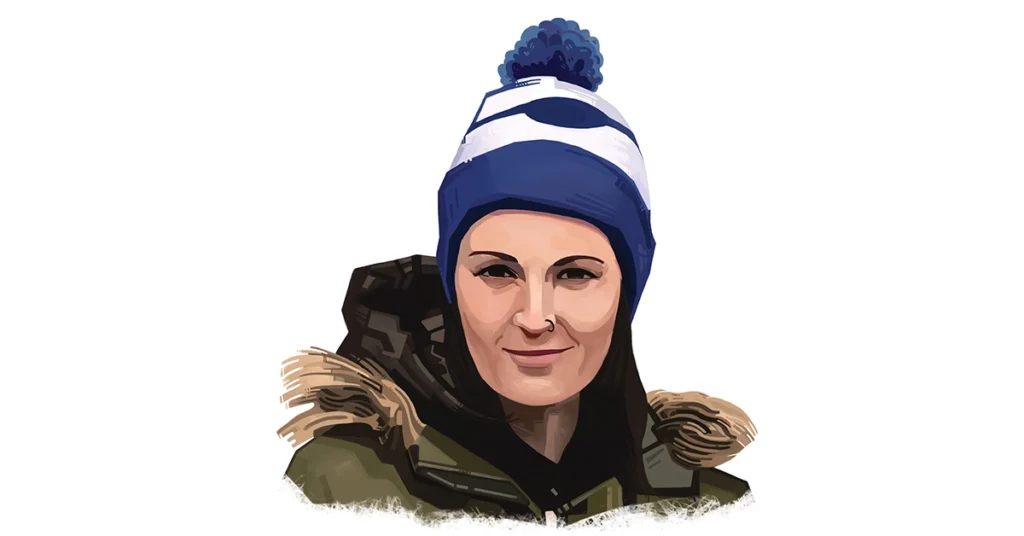
Every morning at 7 a.m., Boyle Street’s Street Outreach team meets in the parking lot behind the community centre. Everyone is bundled up against the cold, some with coffee in hand and others shaking out hot packs to put in their mittens or boots. They stand in the dim light of the street lamps and discuss where each team member is going, who they will be visiting that day, and what is on the agenda once they return to the centre for the afternoon. Then everyone piles into their cars in teams of two and heads out into the community.
The members of the Street Outreach team are the jack-of-all-trades of Boyle Street. They trek through many of Edmonton’s parks and neighbourhoods, as well as the river valley, looking for people who live outside year-round and bringing them much-needed supplies such as socks, gloves, food, and water. They also drive community members to appointments and events, and often support them through the housing process. Their job is to make contact with the members of Edmonton’s homeless community who might not access services otherwise.
Jane Anderton and Jenelle Slywka are part of the Street Outreach team. They hike through some of Edmonton’s densest forests and ravines on the lookout for community members and their camps. Most of the camps they visit are camouflaged and well-hidden in thickly treed areas. Anderton and Slywka explain that this helps safeguard against park rangers and police officers who could force the occupants to relocate, often without their possessions, if their shelters are found and reported by people who walk or live nearby.
Some of the camps are tents, layered with belongings and blankets in an attempt to insulate against Edmonton’s harsh winter. Other camps are tarps, shells that do little more than cut the wind, rain, and snow.
Many camps are abandoned at the beginning of the winter, following a push from park rangers to evacuate everyone from the city parks before frigid cold-snaps. Most of the abandoned camps are left in disarray, as people are often not given time to collect their belongings before being forced to vacate. Clothes, tents, blankets — and, at one camp, even colouring pages — are left scattered, as people rushed to gather their few possessions.
Slywka describes the community members as “incredibly resilient and independent.”
In order to survive these conditions, they have to be resilient. Edmonton is North America’s northernmost million-plus-person metropolis, which brings with it unique challenges and dangers for the members of our community living outdoors year-round.
Anderton and Slywka are quick to explain that their job is a finely tuned balance between caring for people and respecting their privacy. These camps are people’s homes, and the outreach workers have to go into these spaces with that understanding.
Both women value the relationships they get to build with community members. They also say that grief and death are the hardest parts of their job. Losing a community member feels like losing a family member, and often their deaths are sudden and unexpected. The work, however, doesn’t stop, which leaves them little time to grieve.
Slywka says that she learns a lot from community members. She appreciates the opportunities she has to get to know people in a different context: as sons or nephews, fathers and brothers, sisters and mothers. On one occasion, following the death of a community member, the family asked Anderton, Slywka, and the Outreach team to write the woman’s eulogy. They believed that the Street Outreach team at Boyle Street had known her best.
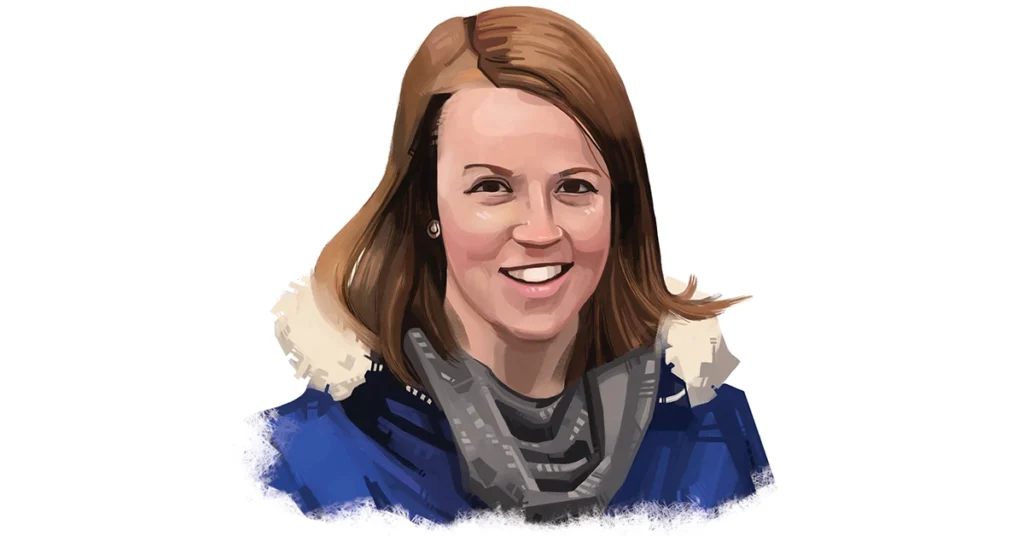
“People put down people who use drugs, and it’s so unfair and so stigmatized because, if you really get to know them, they are great people with great hearts.”
—Karen Turner
Anderton believes that it is important for people to realize that Edmonton’s homeless are “members of your community, and they have been for a very long time.”
Slywka also reminds us that we may be a lot closer to where these people are than we’re comfortable admitting. She passes on some wisdom that a mentor gave her: “It takes two steps in the wrong direction to become homeless, but it takes 1,000 steps to get back out.”
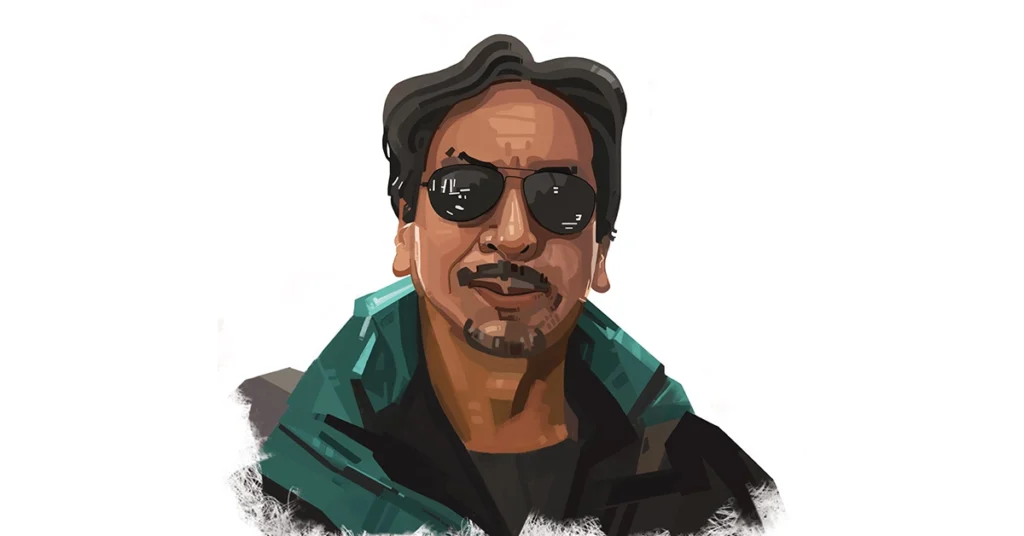
Orville Thunder became a member of the Boyle Street community after the Street Outreach team made contact with him in 2017. He has a deep, booming voice and a smile that spreads widely across his face. His bright eyes are almost always covered by his signature aviator sunglasses. He has been homeless numerous times since 2001.
Thunder tells me that before his most recent episode of homelessness, he was trying to get back on his feet. He was working on a farm in Unwin, Sask., and speaks fondly of his time there. He was given his own living quarters in addition to his wages. He had a job and access to running water and electricity.
When the farmer employing him passed away, Thunder was left with no job and had to vacate his living space. So, he did what many of us would do in his shoes: he moved home.
First, he found a space living with his uncle. But after a period of time, his uncle passed away. Next Thunder moved in with his father. Within months, however, Thunder’s father also passed away. Amidst grieving the loss of his family, he was left scrambling to find a place to live. After couch surfing and staying with friends for brief intervals, Thunder once again became homeless.
This time, Thunder was homeless for 10 months. He was living on the south side of Edmonton, and did his best to stay out of the downtown core. He made the money he needed to live by picking bottles in communities all over the city, and says that his pride and his belief in working for his money kept him from panhandling.
Thunder adds that while he was living on the street he was often consuming alcohol on a daily basis, and occasionally used other drugs. When asked if he or any of his friends had tried fentanyl, he responded, “Nope. That’s a dangerous drug.”
He knows two people who have been killed in city dumpsters while trying to escape the elements. During the summer, one woman died of heatstroke in a dumpster so deep that she couldn’t climb out. Another victim was a man who was drinking and passed out, then drowned in the rainwater that collected in the bottom. Thunder also knows a man who miraculously survived being dumped from a dumpster into a garbage truck.
I never expected I would have a conversation with someone about friends who died in garbage receptacles. But Edmonton’s homeless community face challenges like these every day — challenges that I could never have imagined.
As Thunder explained it, “You really have to live it to believe it.”
Thunder was on a housing list in Edmonton for two and a half months in 2017; he was hoping to be housed by Christmas. On Dec. 1, 2017, he got his own apartment. He says that after his experiences working with other service providers, he doesn’t think he would have found housing without the help of the Street Outreach team at Boyle Street.
Before this most recent episode of homelessness, Thunder was getting his life together. After years of working odd jobs as a concrete construction labourer, landscaper, and carpenter, his job as a farmhand and the lifestyle that went with it finally seemed to be a good fit. Despite the difficult circumstances that he has faced, Thunder is incredibly friendly and candid. His happy-go-lucky streak is infectious, and you can’t help but admire and respect his ability to keep moving forward.
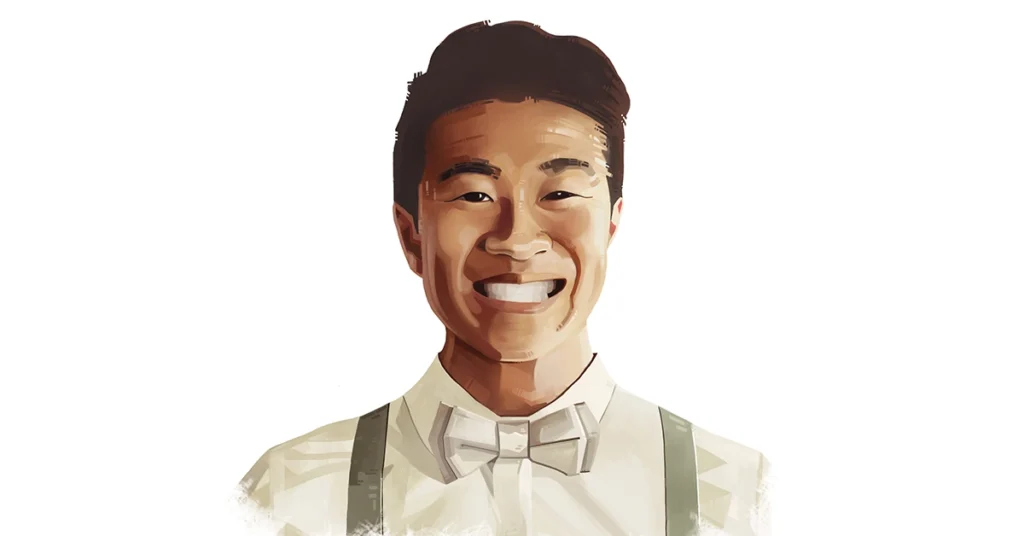
Mat Wong, a registered nurse and the nurse educator leading Streetworks’ overdose prevention project, looks younger than you would expect for a person with his title.
The day I met Wong for an interview, he was held up attending to a man who had overdosed in the Boyle Street washroom. After 25 minutes, he appeared in the crowded Streetworks office, apologizing for the delay, explaining what had happened, and assuring me that this was uncommon. His soft-spoken demeanor and ability to take alarming events in stride are a testimony to the patience and understanding that he brings to his work and the people he serves.
Wong explains that one of the challenges of working at Streetworks is “balancing your own expectations of people versus where people really are at, and knowing that our goal and our work is to meet people exactly where they are at.”
However, he also appreciates the opportunities that his job provides to make human connections and to build relationships within the community.
“In our positions, we are given opportunities to meet people in very intimate, vulnerable moments. It’s an opportunity that not many get, and it’s really an honour and a privilege to be a witness to people and their lives.”
Wong describes the first time that he met one community member in particular, a young man who was living on the streets, using alcohol, and also attending MacEwan University. He explained that watching this young man’s journey, from being homeless to becoming housed and pursuing his dreams as an artist, felt like one of the greatest successes that he has had working at Streetworks.
He adds that getting someone housed and living sober “isn’t the only measure of success.”
“The other success is that you get that opportunity to be in people’s lives and be this constant, caring force for people when, in every other situation in their lives, they haven’t been given that privilege,” he says.
He echoes Turner’s sentiments, saying “recently we’ve been going through just a bad run. The past few months, a lot of long-time community members have passed away, and we’ve lost them and that has been challenging. Those feelings of, ‘Could I have done something more to help him? Could I have done something to help avoid what led them to passing away?’.”
This is where Wong believes safe injection sites will come in. He says that the greatest danger to people is when they do not have a supervised, sterile environment in which to inject, and when “they are isolated.”
“In our positions, we are given opportunities to meet people in very intimate, vulnerable moments. It’s an opportunity that not many get, and it’s really an honour and a privilege to be a witness to people and their lives.”
—Mat Wong
“Right away, (safe injection sites) take away that harm or that risk. If you are by yourself and you are isolated, if something bad happens like you overdose, no one is watching you and no one is able to really quickly call for help for you,” he explains.
He believes that when the average person walks down the street and sees the destitution in which some of these people are forced to live, they ask, “How could this happen?” but then don’t sit around to listen to or actively try to find the answers.
This answer, he says, “is a complicated one, it’s a hard one, and an uncomfortable one. It speaks to our history as a nation and how we treat our indigenous people. It also speaks kind of close to home because when you hear these people’s stories, you learn that you’re not that many steps away from where a lot of people are at,” says Wong.
According to the most recent Homeward Trust Report, Edmonton has 1,752 people living on its streets, 70 per cent of whom are considered to be chronically homeless. This report was compiled over one 24-hour period, and Homeward Trust did not canvas the entire city. The actual number of homeless individuals living on Edmonton’s streets is likely much higher.
The effects of colonialism are evident in Edmonton’s homeless population. While only 5.4 per cent of Edmonton’s population identifies as indigenous, indigenous people make up 47 per cent of the city’s homeless.
Wong also believes it is important to consider a “greater piece about mental health and that line between mental illness and optimal mental health. It’s not so defined as a line, and everyone kind of comes on a spectrum. We’re closer and more similar to people than we think.”
Boyle Street is the eye of the storm for many of Edmonton’s homeless community members. It is also the last stop for people who have been barred from other community centres, shelters, or service providers.
There is an overwhelming sense of community at Boyle Street. Service users and providers know each other by name and treat each other as equals, because they are. It is one of the few places in Edmonton where substance users can access services and feel respected, cared for, and appreciated. The emphasis is on working with people, as opposed to treating patients.
The safe injection sites that have been approved at Boyle Street and similar locations are a tool desperately needed to combat the opioid crisis. InSite is a safe consumption site that has been operating in Vancouver since 2003. According to Vancouver Coastal Health more than 3.6 million service users have injected illicit drugs under nurse supervision since the centre opened. During this time there have been 6,440 overdose interventions at the centre, with zero deaths. Studies conducted by InSite also report that InSite service users are 30 per cent more likely to engage in addiction treatment than non-InSite users.
It is simple. The research shows that by offering people access to safe and sterile injection sites in the communities in which they already live, it is possible to greatly reduce opioid and fentanyl related deaths.
But more than that, the approval of the safe injection sites in Edmonton opens the doors for more honest and genuine conversations. The stigma around substance use often ignores the underlying causes of these addictions, and the trauma and mental illness that so often accompany them. These sites also encourage us to address the effects that colonialism, intergenerational trauma, and institutionalized racism have on our indigenous peoples and homeless populations. It’s time to start listening to people about their needs, and treating people like human beings instead of statistics.
As Karen Turner so aptly puts it: “We shouldn’t be punishing people for their addictions. We should be helping them.”
Graphics by Kia Valdez Bettcher.

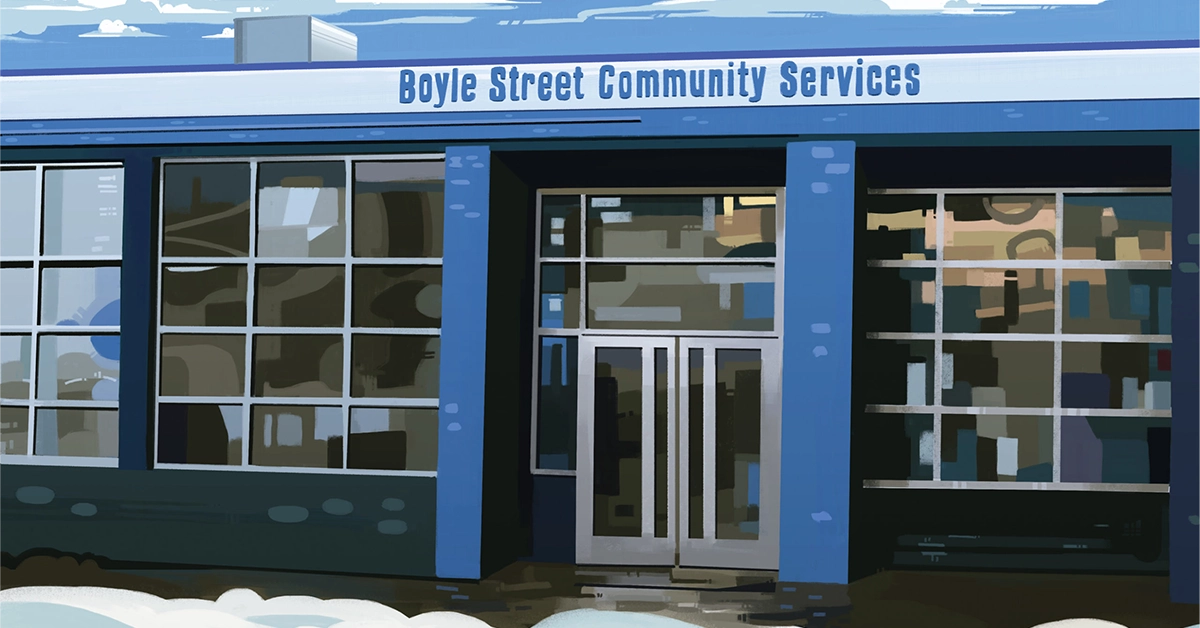

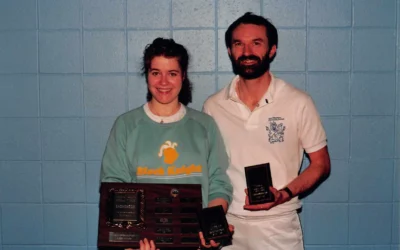

0 Comments